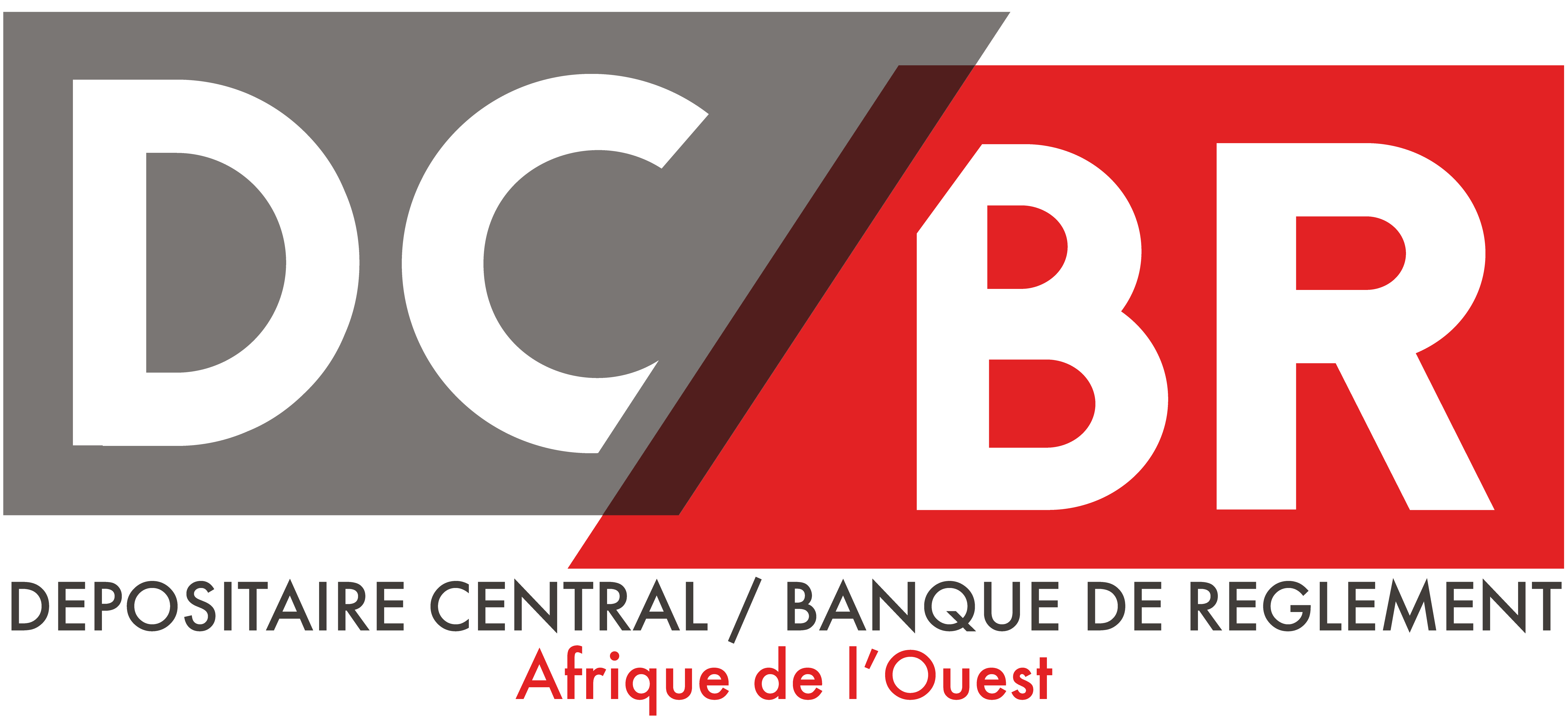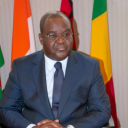History
The creation of the Regional Stock Exchange followed the signing of the treaty of November 14, 1973 establishing the West African Monetary Union (WAMU). With seven member countries at its inception, namely Benin, Burkina-Faso, Côte d'Ivoire, Mali, Niger, Senegal and Togo, the Union was enlarged in 1996 with the accession of Guinea-Bissau as an eighth member.
As far back as 1991, with a view to providing the Union with a single, efficient stock market for all member countries, the Monetary Authorities led discussions with a number of experts, notably from France and Canada, to carry out the conceptual phase of the project.
At the end of this preparatory work, the Union's Council of Ministers decided in December 1993 to create the Regional Stock Market, and mandated the Central Bank of West African States (BCEAO) to lead the project.
On July 3, 1996, the Union's Council of Ministers adopted the Convention establishing the Financial Markets Authority of the West African Monetary Union (AMF-UMOA).
On December 18, 1996, the various preliminary works culminated in the legal incorporation, in Cotonou, of the “Bourse Régionale des Valeurs Mobilières SA” (BRVM) and the “Dépositaire Central / Banque de Règlement SA” (DC/BR). This marks the end of the mandate given to BCEAO, and the start of project management by these two companies' own bodies. BRVM and DC/BR began operations on September 16, 1998.
Created on December 18, 1996, the Central Depositary / Settlement Bank is a specialized financial institution of the West African Monetary Union (UMOA). Incorporated as a private limited company (Société Anonyme), it is entrusted with a community public service mission. It is one of the central bodies of the WAEMU Regional Financial Market, and its head office is based in Abidjan, Côte d'Ivoire.
It is shared by the eight UEMOA member states (Benin, Burkina-Faso, Côte d'Ivoire, Guinea-Bissau, Mali, Niger, Senegal and Togo).





